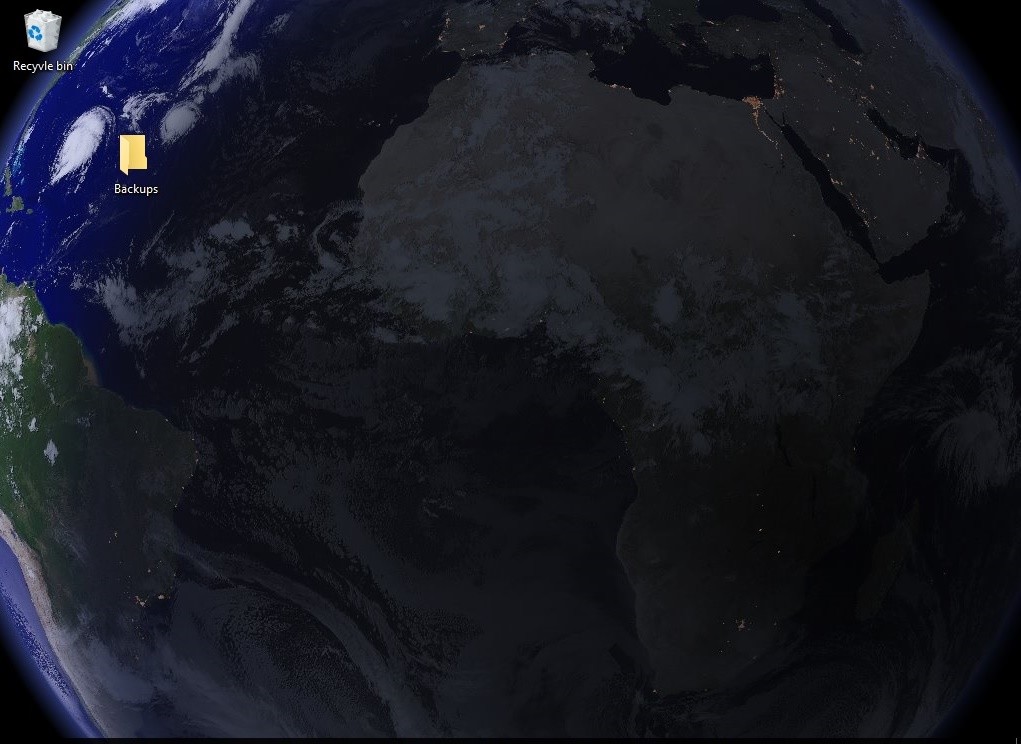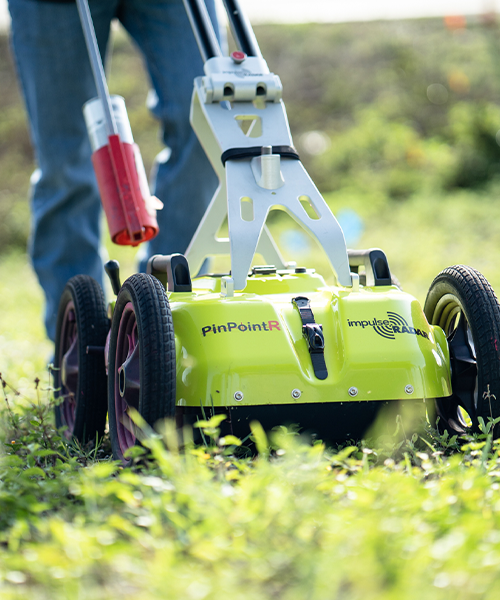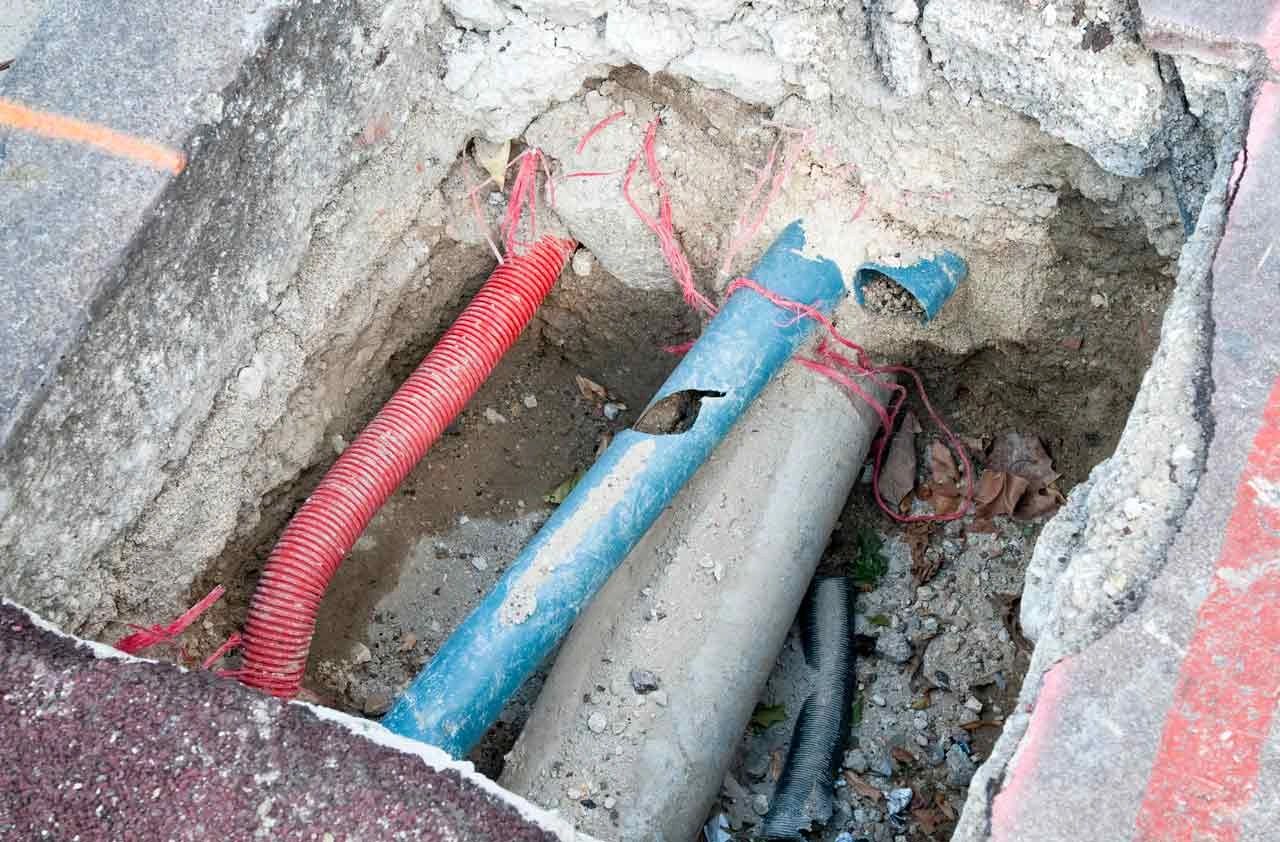

Many studies have thus been conducted over the last decades to search for this morphological information.

Yet this information is extremely difficult to obtain because it mainly resides in more or less preserved imprints that previous large earthquakes produced in the surface morphology. To tighten the magnitude estimates for a given fault, a precise knowledge of the slips produced by the large prehistorical earthquakes on the fault is mandatory. Even in regions where earthquake activity is intensively monitored and where a large number of multidisciplinary studies are conducted to assess seismic hazard, we may fail to properly anticipate the maximum magnitude of the forthcoming events (e.g., 2011 Tohoku earthquake). Pseudo-3D GPR thus provides a novel paleoseismological tool to complement and refine surface investigations. Large earthquakes on southern Wellington fault might produce 3–5 m of slip, slightly less than previously proposed. From surface and subsurface data, we infer that Te Marua has recorded six cumulative offsets of 2.9, 7.6, 18, 23.2, 26, and 31 m (± 1–2 m). Each strath surface is overlain by 3–5 m of horizontally bedded gravel sheets, including two pronounced and traceable reflectors (2) thanks to the multilayer architecture, terrace risers and channels are imaged at three depths and their lateral offsets can be measured three to four times, constraining respective offsets and their uncertainties more reliably and (3) the offsets are better preserved in the subsurface than at the ground surface, likely due to subsequent erosion-deposition on the latter. The GPR data reveal additional information: (1) they image the 3D stratigraphic architecture of the seven youngest terraces and show that they are strath terraces carved into graywacke bedrock. We investigated the site using pseudo-3D Ground Penetrating Radar and also produced a high-resolution digital elevation model (DEM) of the zone to constrain the surface slip record.

We focus on the Te Marua site, New Zealand, where 11 alluvial terraces have been dextrally offset by the Wellington fault. Because those offsets might not always be well preserved, we examine whether the first 10 m below ground surface contains relevant information to complement them.

Past earthquake slips on faults are commonly determined by measuring morphological offsets at current ground surface.


 0 kommentar(er)
0 kommentar(er)
